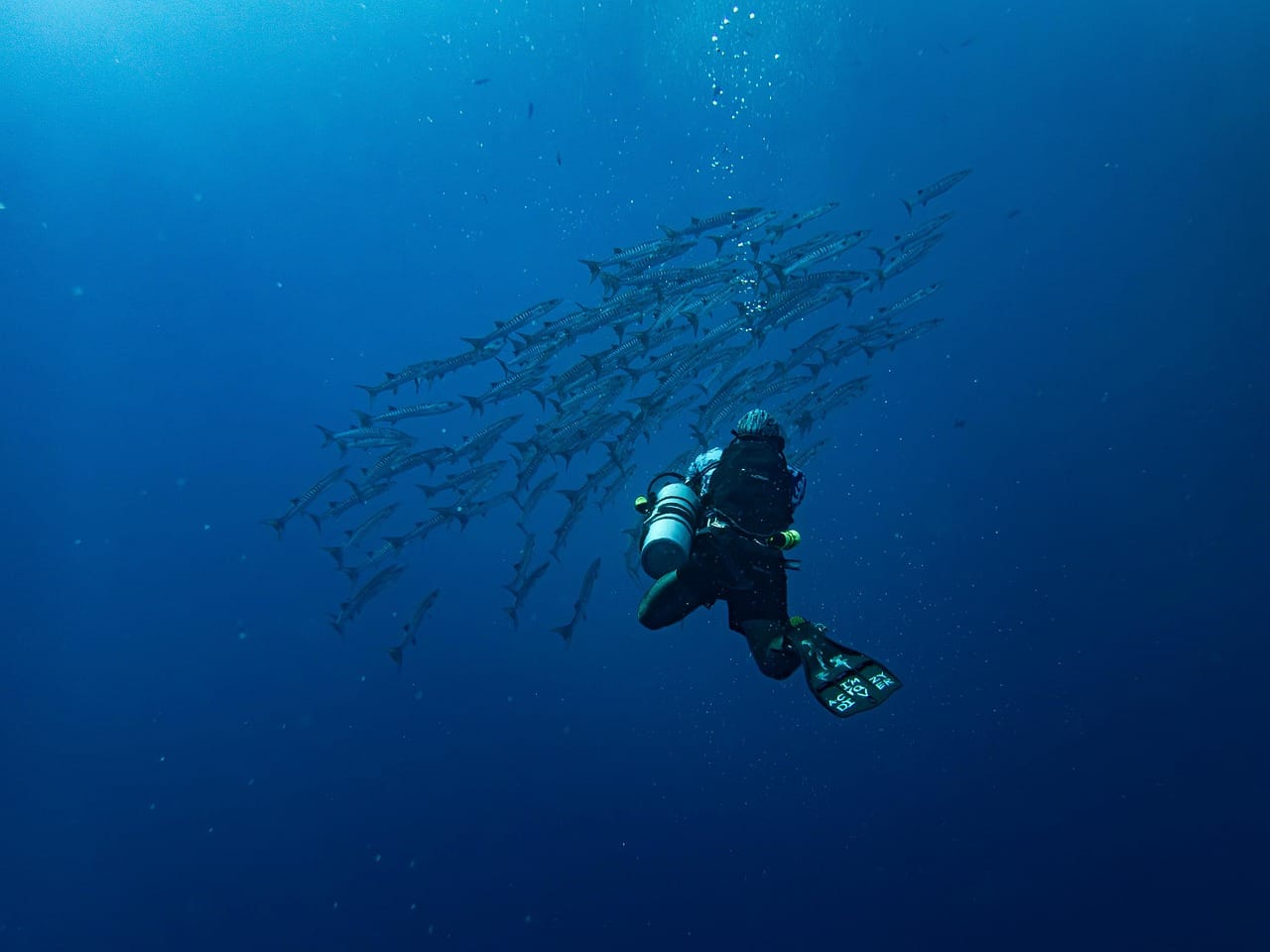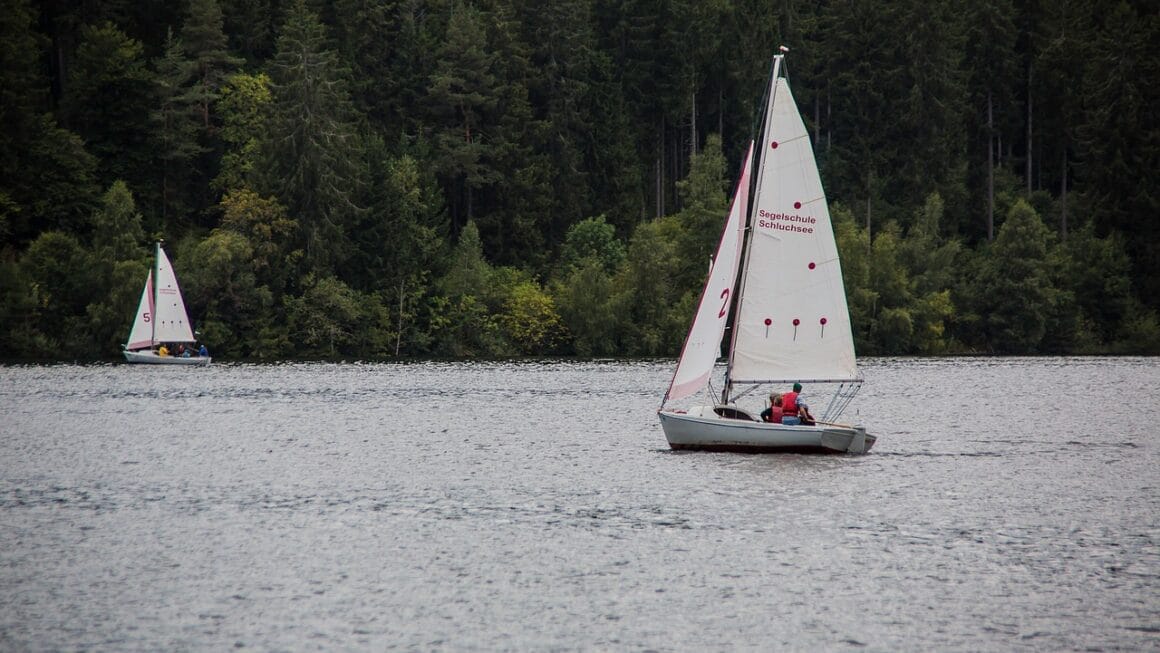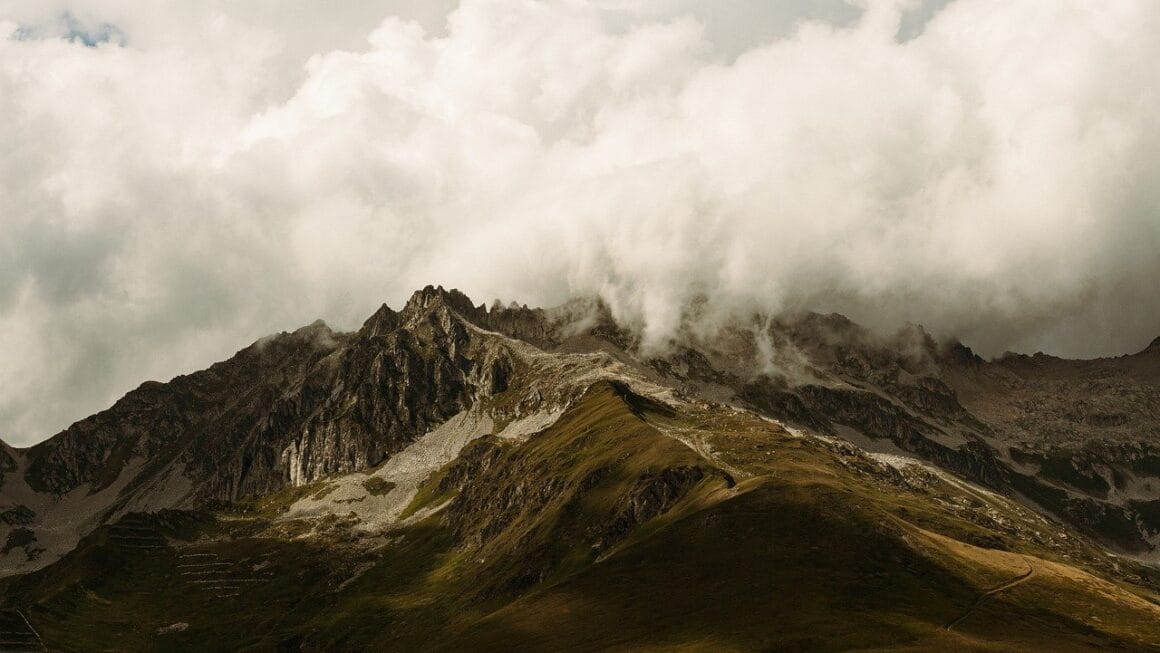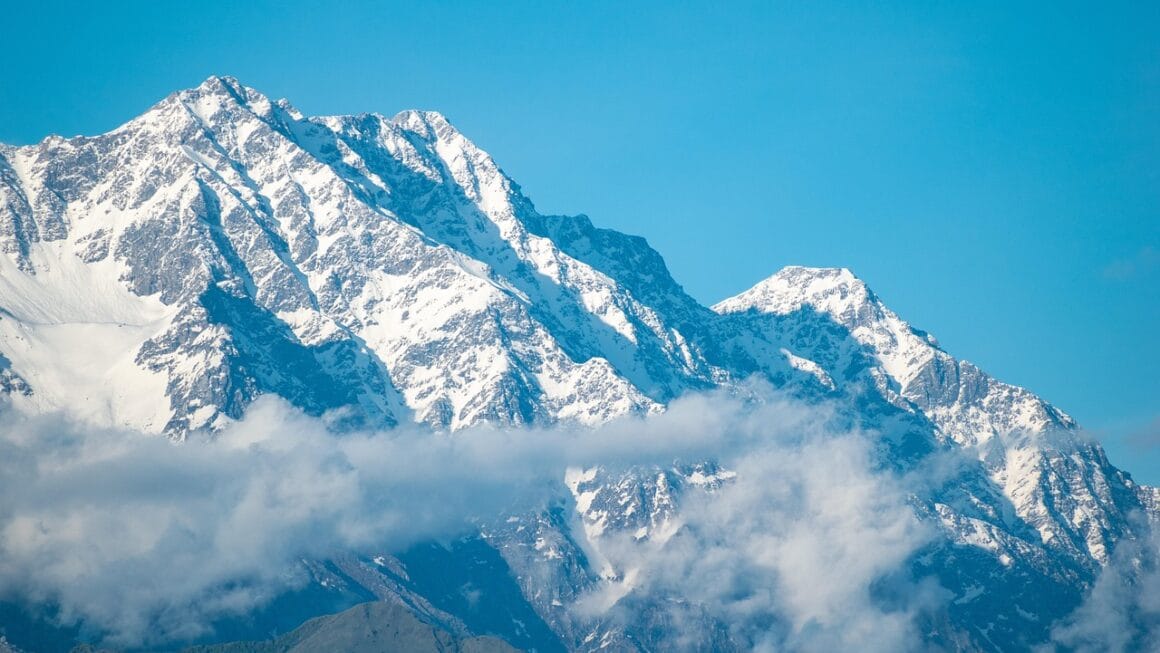Mountaineering, the exhilarating pursuit of conquering towering peaks, demands respect, preparation, and a deep understanding of the elements. More than just a sport, it’s a dance with nature, a test of endurance, and a journey of self-discovery. Whether you’re dreaming of scaling your first snow-capped summit or aiming for more challenging ascents, these essential mountaineering tips will help you stay safe, improve your skills, and make the most of your high-altitude adventures.
Planning and Preparation: The Foundation of Success
Effective mountaineering starts long before you set foot on the trail. Meticulous planning and preparation are paramount for a safe and successful climb. This is where you lay the groundwork for your expedition, anticipating potential challenges and ensuring you’re adequately equipped to handle them.
Physical Fitness: Building Your Mountaineering Engine
Mountaineering demands a high level of physical fitness. Focus on:
- Cardiovascular Endurance: Essential for sustained effort at altitude. Implement activities like running, cycling, and hiking with a weighted pack. Aim for at least 3-4 hours per week.
- Strength Training: Strengthen your legs, core, and upper body to handle the demands of carrying a heavy pack and navigating challenging terrain. Include exercises like squats, lunges, pull-ups, and rows.
- Altitude Acclimatization: If possible, spend time at higher altitudes before your climb to allow your body to adjust to the lower oxygen levels. A gradual ascent is key to avoiding altitude sickness. For example, if climbing a 14,000 ft peak, spend a few nights camping at 10,000 ft first.
Gear Selection: Choosing the Right Tools
The right gear can make or break your climb. Consider these essentials:
- Mountaineering Boots: Stiff-soled boots are essential for stability on snow and ice. Ensure a proper fit to avoid blisters.
- Crampons: Choose crampons compatible with your boots. Practice using them on varied terrain before your climb.
- Ice Axe: An indispensable tool for self-arrest and balance. Learn proper self-arrest techniques in a controlled environment.
- Harness, Rope, and Protection: Necessary for glacier travel and steep ascents. Understand how to use them safely and effectively.
- Navigation Tools: Map, compass, GPS, and the knowledge to use them are crucial for staying on course. Carry extra batteries for electronic devices.
- Clothing: Layering is key for adapting to changing weather conditions. Pack moisture-wicking base layers, insulating mid-layers, and a waterproof and windproof outer shell. Remember gloves, a hat, and sunglasses!
- Helmet: Always wear a helmet to protect against falling rocks and ice.
Route Planning and Weather Forecasting: Knowing What to Expect
- Study the Route: Research the route thoroughly, paying attention to elevation gain, technical sections, and potential hazards.
- Check the Weather Forecast: Monitor weather forecasts closely before and during your climb. Be prepared to turn back if conditions deteriorate. High winds and snow are frequent occurrences at high altitudes. Resources like Mountain-Forecast.com can be valuable.
- Inform Someone of Your Plans: Let a trusted friend or family member know your itinerary and expected return time. This is crucial in case of an emergency.
Mastering Essential Mountaineering Techniques
Beyond physical fitness and gear, mastering fundamental mountaineering techniques is critical for safety and efficiency.
Rope Management and Glacier Travel
- Rope Team: Learn how to travel safely on glaciers as part of a rope team. This involves tying into a rope with your partners and using proper crevasse rescue techniques.
- Knot Tying: Master essential knots such as the figure-eight, clove hitch, and prusik hitch. Knowing how to tie these knots quickly and correctly can be life-saving.
- Crevasse Rescue: Practice crevasse rescue techniques with your team before your climb. This includes setting up a hauling system and safely extracting a fallen climber.
Ice Axe and Crampon Techniques
- Self-Arrest: Learn and practice self-arrest techniques with your ice axe. This skill is essential for stopping a fall on snow or ice. Regular practice, even on gentle slopes, builds muscle memory.
- Cramponing Techniques: Develop proficiency in various cramponing techniques, such as French technique, German technique, and American technique. Choose the appropriate technique based on the slope angle and snow conditions.
Navigation Skills
- Map and Compass Navigation: Practice using a map and compass to navigate in mountainous terrain. Learn how to take bearings, identify landmarks, and estimate distances.
- GPS Navigation: Familiarize yourself with using a GPS device to track your location and navigate to waypoints. However, don’t rely solely on GPS as batteries can fail.
Altitude Acclimatization and Health Management
Altitude sickness is a serious concern in mountaineering. Proper acclimatization and health management are crucial for preventing and treating altitude-related illnesses.
Understanding Altitude Sickness
- Symptoms: Be aware of the symptoms of altitude sickness, which include headache, nausea, fatigue, and shortness of breath.
- Prevention: Ascend gradually, drink plenty of fluids, and avoid alcohol and caffeine. Consider taking acclimatization medication, such as acetazolamide (Diamox), after consulting with your doctor.
- Treatment: If you develop symptoms of altitude sickness, descend immediately. Descending even a few hundred feet can make a significant difference.
Hydration and Nutrition
- Hydration: Drink plenty of water throughout your climb. Dehydration can exacerbate altitude sickness and reduce performance. Aim for at least 3-4 liters of water per day.
- Nutrition: Consume a balanced diet rich in carbohydrates, protein, and healthy fats. Pack energy-dense snacks, such as energy bars, nuts, and dried fruit.
- Electrolyte Balance: Replenish electrolytes lost through sweat. Consider using electrolyte supplements or sports drinks.
Monitoring Your Health
- Listen to Your Body: Pay attention to any changes in your physical or mental condition. Don’t hesitate to turn back if you’re not feeling well.
- Monitor Your Oxygen Saturation: If you have access to a pulse oximeter, use it to monitor your oxygen saturation levels. Low oxygen saturation can be a sign of altitude sickness.
Risk Management and Decision-Making
Mountaineering inherently involves risk. Effective risk management and sound decision-making are essential for minimizing hazards and ensuring safety.
Identifying and Assessing Hazards
- Objective Hazards: Be aware of objective hazards, such as rockfall, avalanches, and icefall. Assess the risk of these hazards based on weather conditions, terrain, and time of day.
- Subjective Hazards: Recognize subjective hazards, such as fatigue, inexperience, and poor judgment. Make decisions that minimize your exposure to these hazards.
Making Sound Decisions
- Turnaround Time: Establish a turnaround time before your climb and stick to it, regardless of whether you reach the summit.
- Communicate Effectively: Maintain open communication with your team members. Share your observations, concerns, and decisions.
- Trust Your Instincts: If something doesn’t feel right, trust your instincts and err on the side of caution.
Emergency Preparedness
- First Aid Kit: Carry a well-stocked first aid kit and know how to use it. Include supplies for treating common mountaineering injuries, such as blisters, sprains, and fractures.
- Emergency Communication: Carry a satellite phone or personal locator beacon (PLB) for emergency communication. Know how to use these devices and when to activate them.
- Emergency Shelter: Carry an emergency shelter, such as a bivy sack or tarp, in case you get caught in bad weather or have to spend an unplanned night out.
Minimizing Environmental Impact: Leave No Trace
As mountaineers, we have a responsibility to protect the fragile mountain environment. Practice Leave No Trace principles to minimize your impact.
Pack It In, Pack It Out
- Carry out everything you carry in, including food wrappers, trash, and human waste. Use wag bags or other portable toilet systems to dispose of human waste properly.
Minimize Campfire Impacts
- Avoid building campfires if possible. Use a portable stove for cooking. If you must build a campfire, use an existing fire ring and burn only dead and down wood.
Respect Wildlife
- Observe wildlife from a distance and avoid feeding them. Store food properly to prevent attracting animals to your campsite.
Stay on Durable Surfaces
- Stay on established trails whenever possible. Avoid trampling vegetation or disturbing fragile ecosystems.
Conclusion
Mountaineering is a challenging but rewarding pursuit. By following these tips, you can improve your safety, enhance your skills, and make the most of your adventures in the mountains. Remember that preparation, education, and responsible decision-making are the keys to a successful and enjoyable mountaineering experience. Always respect the mountains, and they will reward you with unforgettable memories.




